-
Edwardo The Horriblest Boy In The Whole Wide World by John Burningham and Fabulously Naughty Children
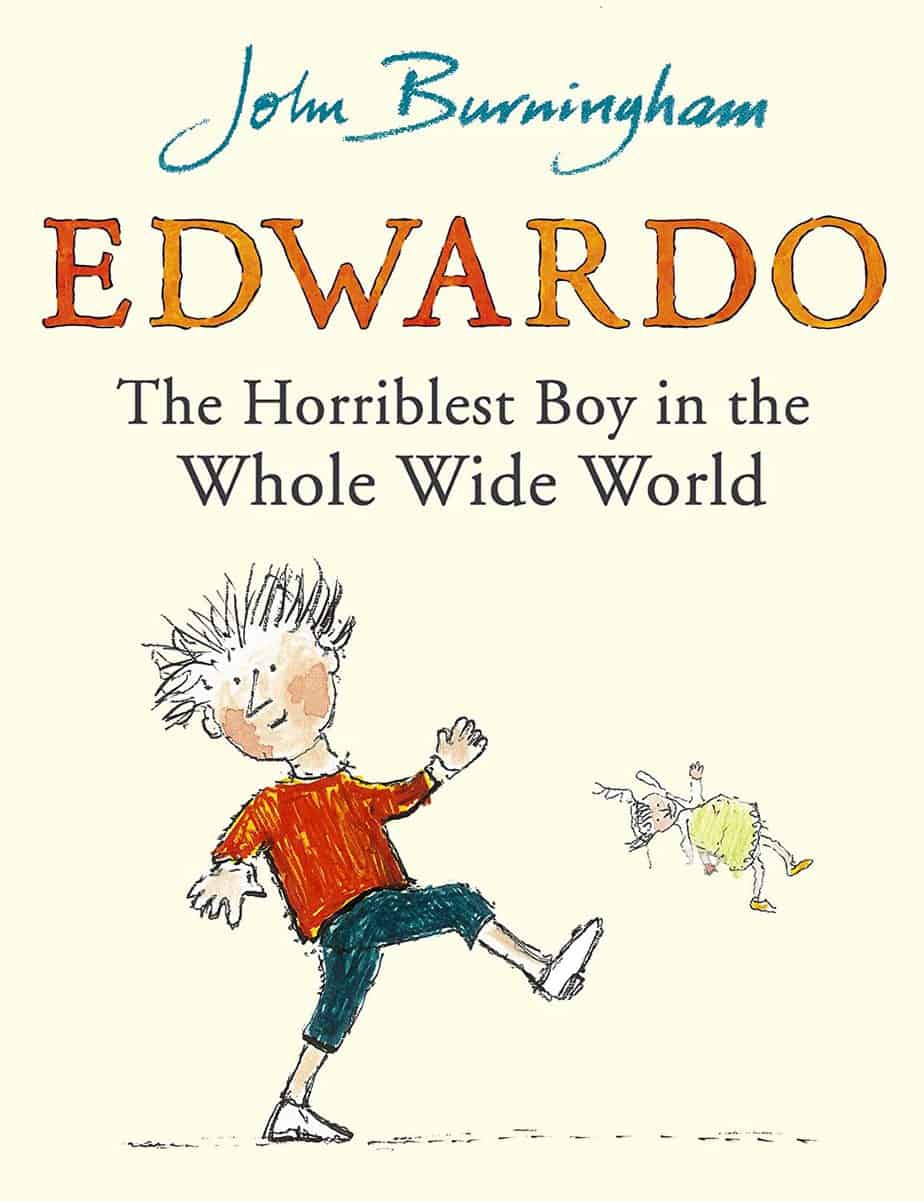
Edwardo, The Horriblest Boy In The Whole Wide World, written and illustrated by John Burningham (2006), is an excellent example of this modern ideology of ‘good’ vs ‘bad’ children, specifically how there is no such thing as good vs bad, but we’re all a little yin yang and can go either way depending on how […]
-
The Storybook Police Archetype
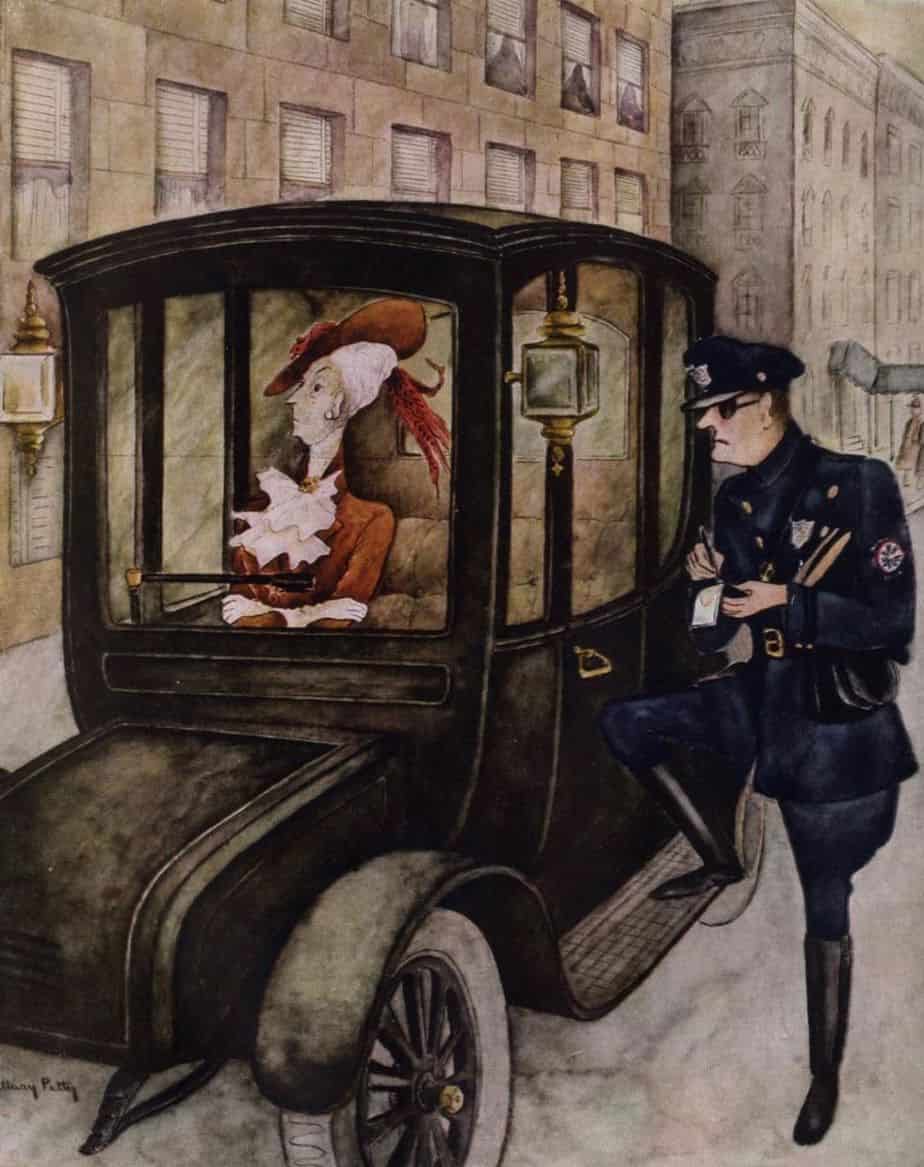
Australia has a uniquely trusting relationship with its police force. We might say the image of police here in Australia is based on a storybook image, one which is cultivated in white kids from the time we start reading children’s books. The only feelings mankind has inspired in policemen are indifference and scorn. UN FLIC […]
-
Man Bites Dog Humour
‘Man Bites Dog’ describes inversion humour. I’ve also seen ‘hat on a dog’ describing the same category of joke, in which the audience laughs because the usual way of things is back to front. MAN BITES DOG IN JOURNALISM Journalists also use ‘Man Bites Dog’ to describe stories that are popular because they intrigue via […]
-
Jack Sprat Nursery Rhyme Analysis
On its surface, “Jack Sprat” is a nursery rhyme about a married couple with complementary tastes in food. In the 1500s, Jack Sprat was the nick name given to small men. Today you can buy sprats in cans from the supermarket. They taste like salty sardines. ‘Sprat’ describes a variety of small forage fish. The defining features of a sprats:…
-
Magic Words and Spells
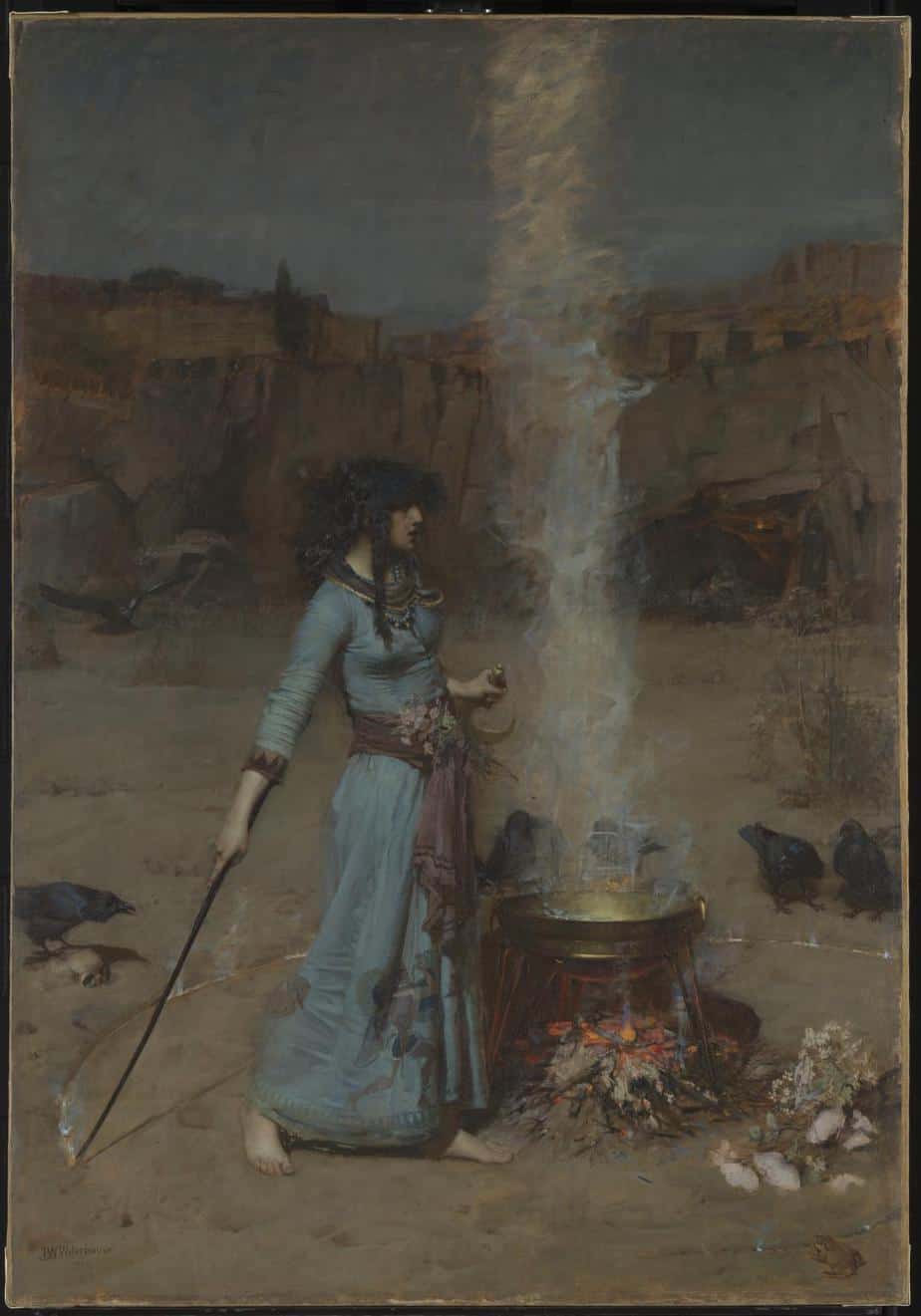
In children’s fantasy, enchanted realism and magical realism, there is often an arc word (leitwort) which enters popular lexicon, or sticks in the mind long after the reader leaves the story. These magic words sometimes become a part of the child’s own imaginative play, an improvised version of early childhood fan fiction. Where Do Magic […]
-
The Mark Twain Wink In Children’s Stories
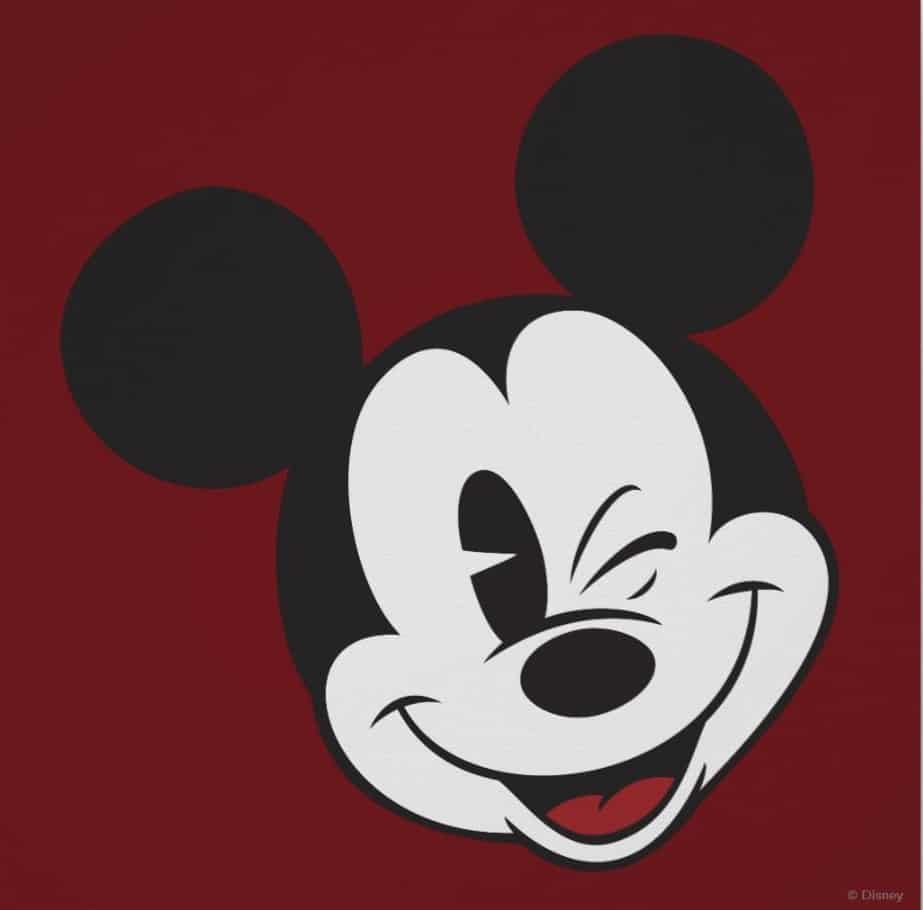
The word ‘wink’ is sometimes used in relation to children’s literature. Below I take a look at how authors ‘wink’ at their audiences, and also compare the 20th century paternal wink to a more modern version, which includes the youngest readers rather than going over their heads. You may notice that each of the examples […]
-
Unicorns in Art, Storytelling and Marketing
If you’ve visited the girls’ section of a chain store recently you’ll have noticed that unicorns are in this season. These 2020 unicorns are a particular type of unicorn — coloured in soft pastel colours and with their eyes closed. It’s not just unicorns with their eyes closed this year — all the cute animals […]
-
Rosamund and the Purple Jar Analysis
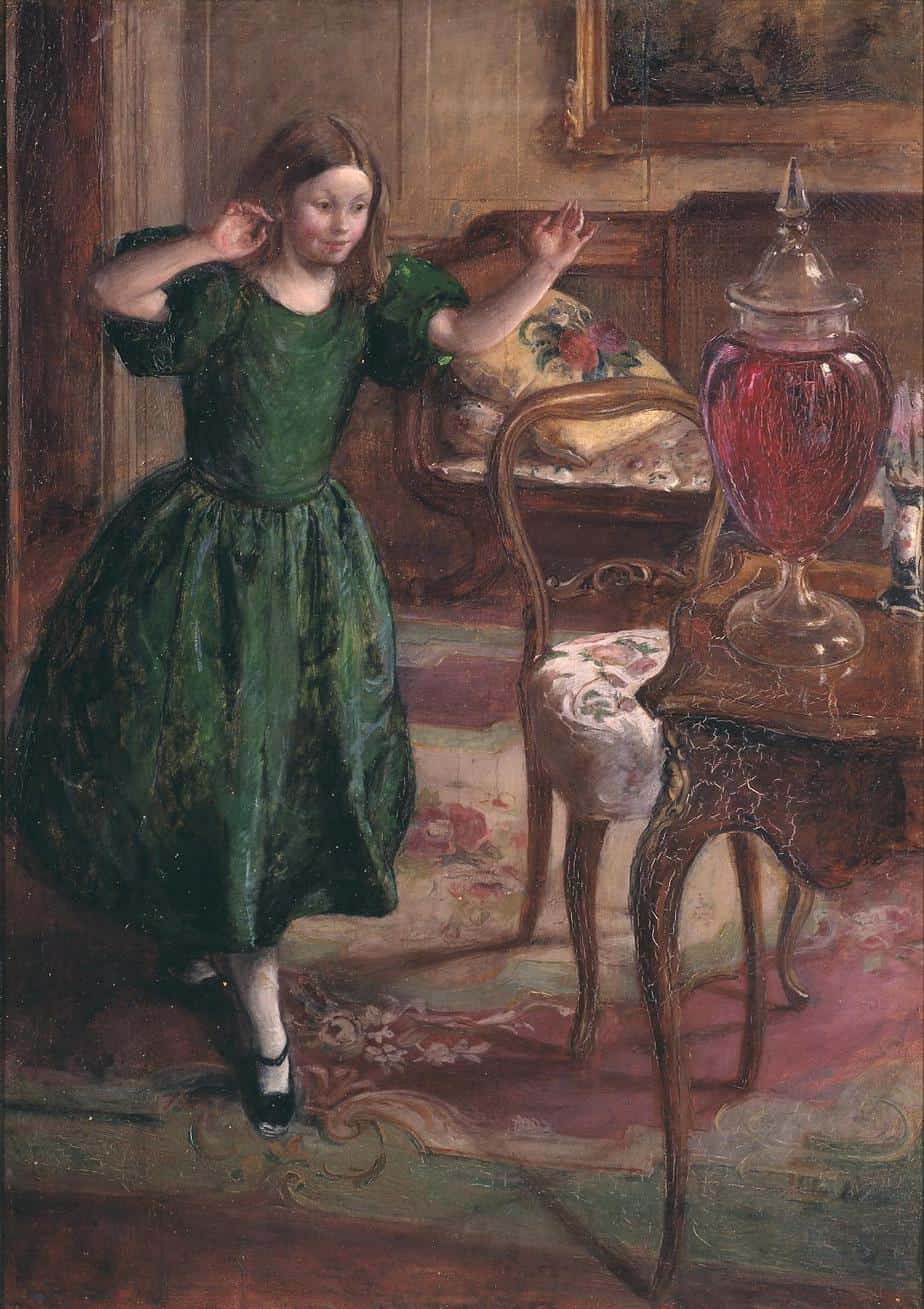
Rosamund and the Purple Jar is a didactic story for children, written by Maria Edgeworth, first published 1796. To remi
-
Emotions In Children’s Literature
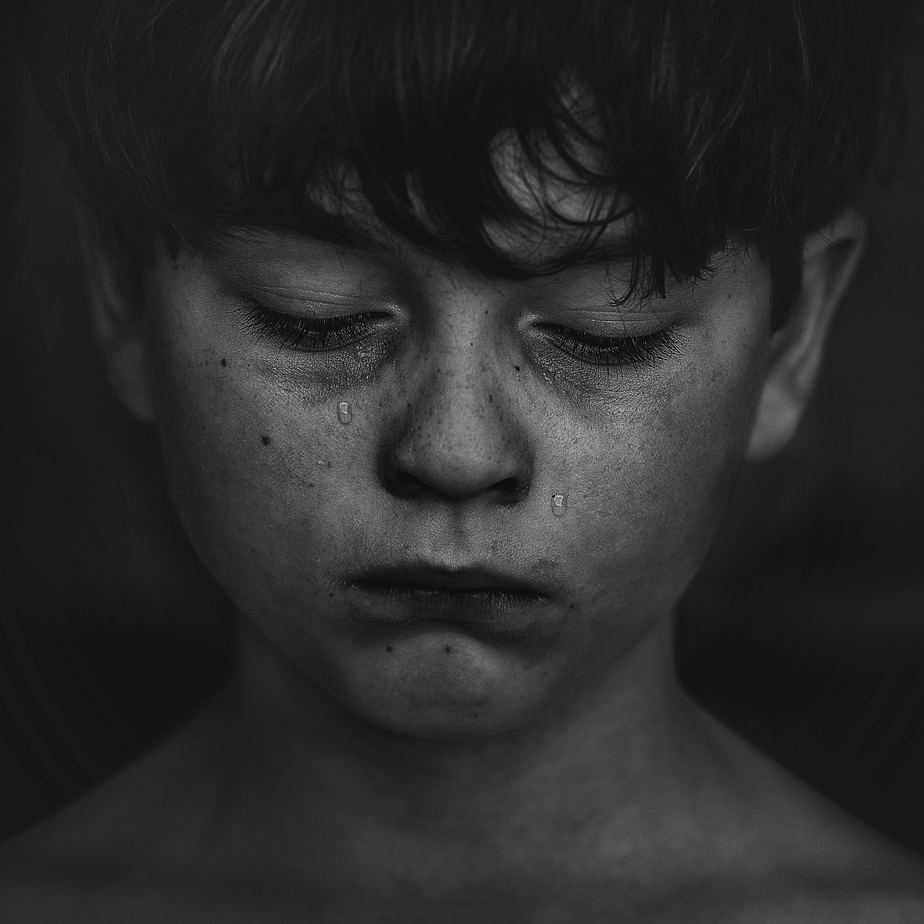
There are many things that date a children’s book — racism, sexism and other -isms are widely discussed and relatively easy to pick. I know that when I re-read Enid Blyton or almost anything from The First Golden Age of Children’s Literature these things stick in my craw. Other aspects are a little more subtle. […]
-
Individuality, The One True Self and Social Norms In Literature
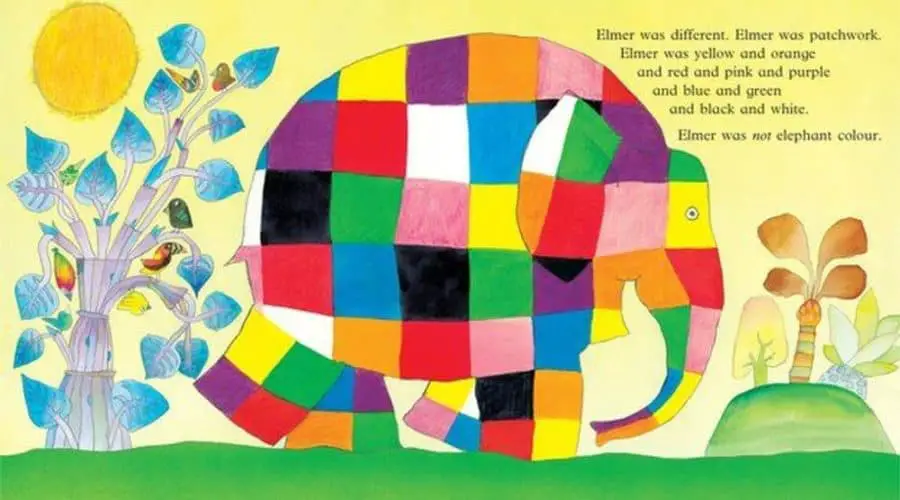
What is ‘the self’? Is it not possible that the rage for confession, autobiography, especially for memories of earliest childhood, is explained by our persistent yet mysterious belief in a self which is continuous and permanent; which, untouched by all we acquire and all we shed, pushes a green spear through the dead leaves and […]
-
The Scary Kitchen in Children’s Stories
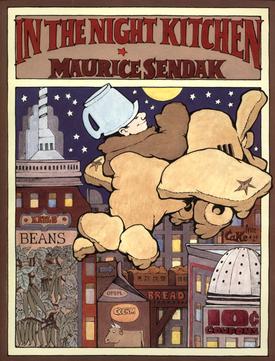
Most often, kitchens in children’s literature serve as metonyms of familial happiness, but every so often you do find a scary kitchen in which not all is well. The kitchen is the perfect place for a scary scene because it is at once close to home (in fact the hub of the home) and contains […]
-
Avoiding the word ‘crazy’
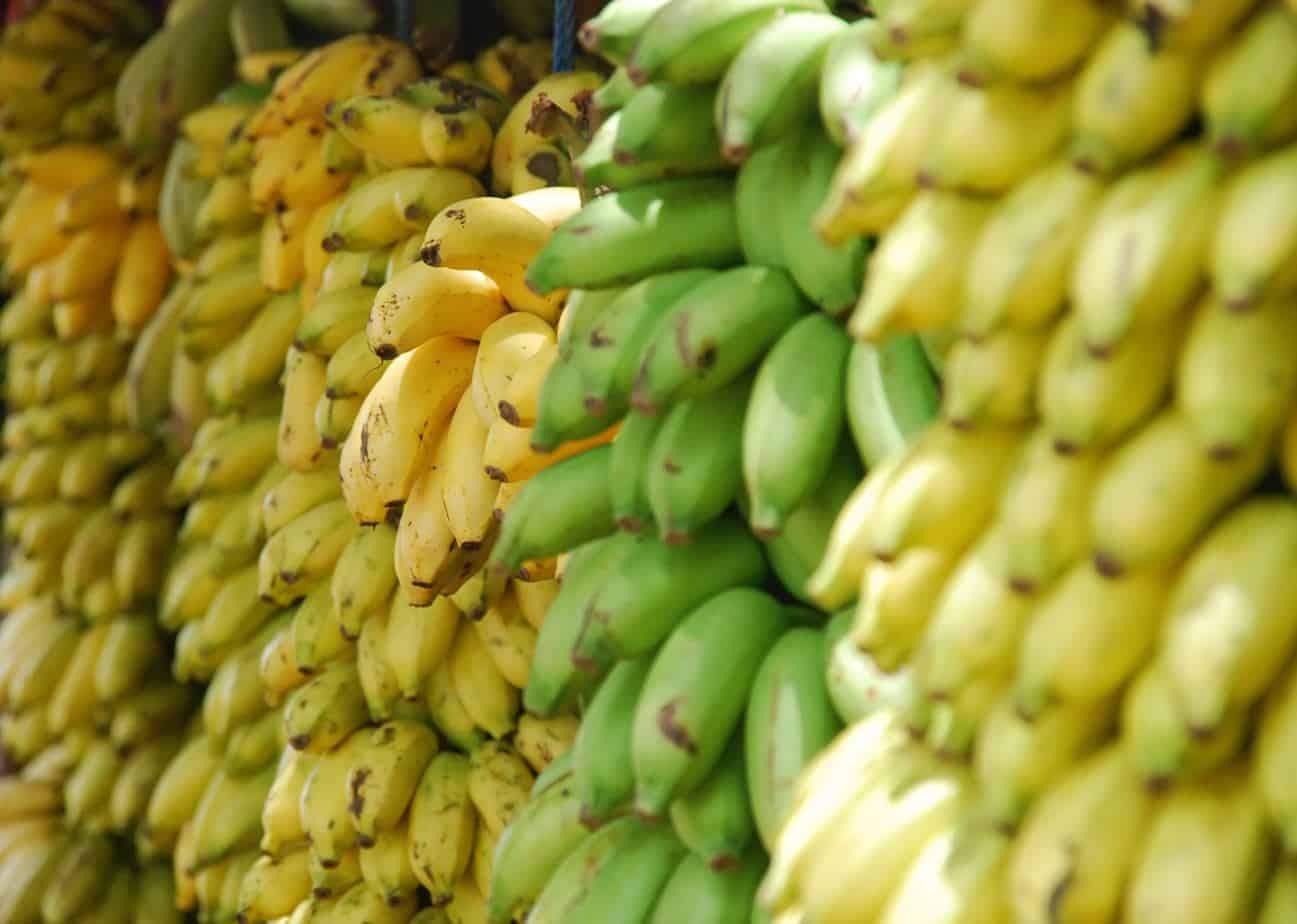
We are at a point now where ableist language is considered just that. Children’s book editors are editing it out. Yet some words, for instance ‘crazy’, are so frequent in everyday English it may seem ‘unnatural’ to leave it out.
-
Insults and Swearing In Children’s Literature
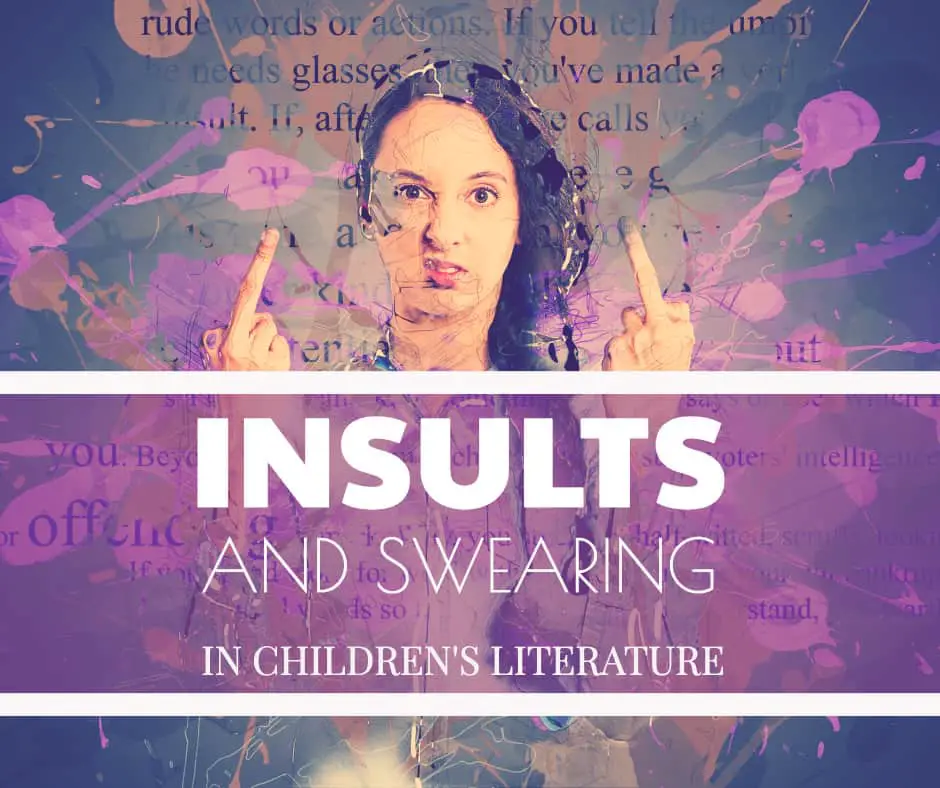
Sticks and stones can break our bones, but words can break our hearts. Tim Minchin A quandary for writers of middle grade fiction in particular: By about age ten, regular kids have heard all the insults out there. They may hear far more insulting language than adults do on a daily basis. (Did you get […]
-
How To Write Like Paul Jennings
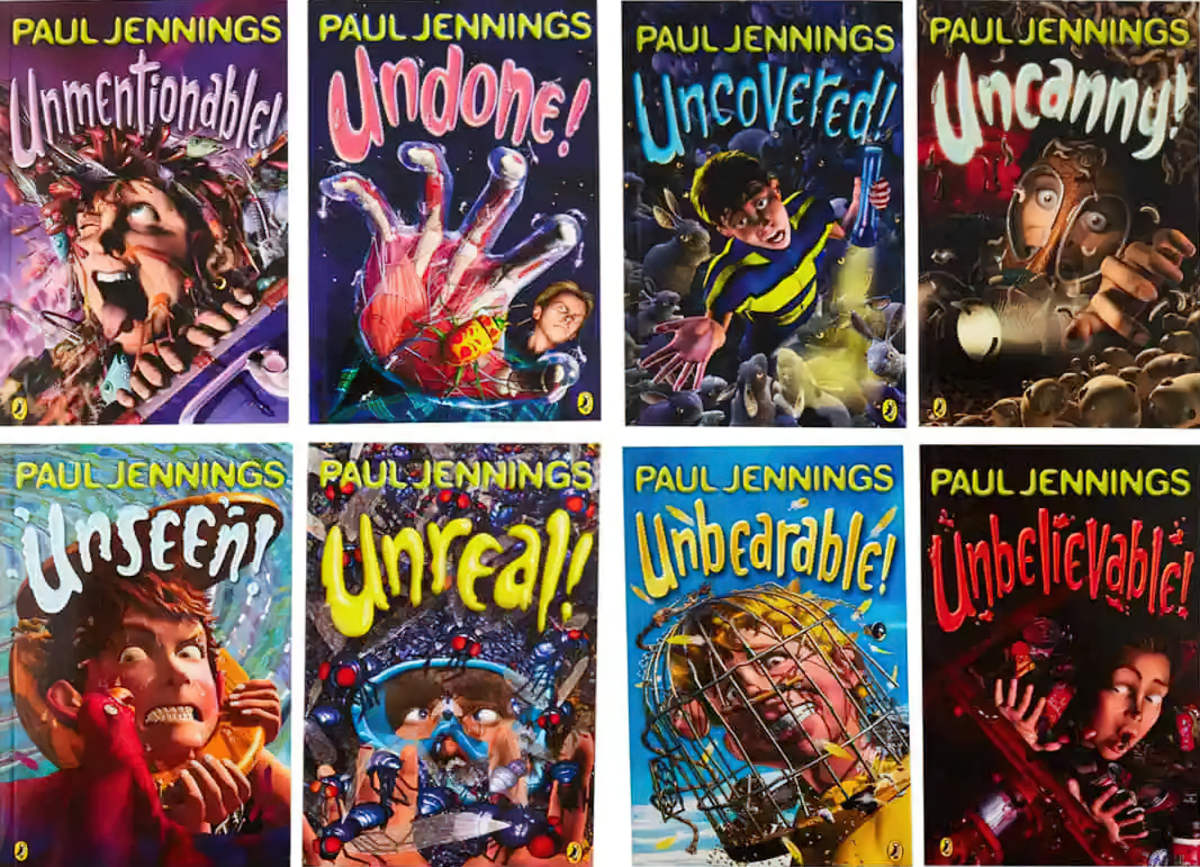
Paul Jennings mastered the tall tale hi-lo children’s story in the 1980s. 30 years on, writers can still learn from his techniques. Other Paul Jennings tropes need to go the way of the dodo.
